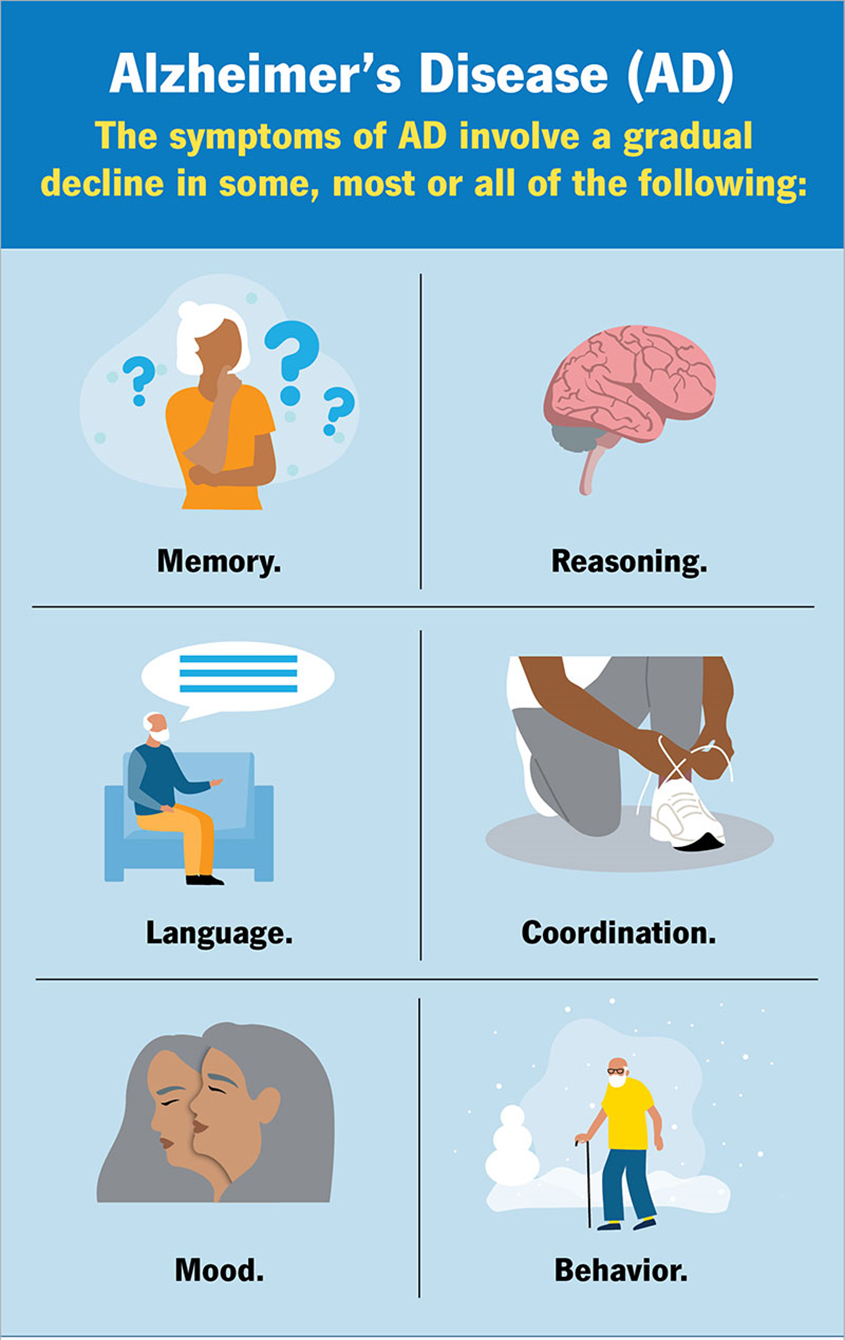A client needs 5 liters of oxygen. Which of the following devices is appropriate for use with an oxygen flow rate of 5 liters? Select all that apply:
High-flow nasal cannula
Simple face mask
Nasal cannula
Non-rebreather mask
Venturi mask
Correct Answer : B,C
Choice A Reason: High-flow nasal cannula
The high-flow nasal cannula (HFNC) is designed to deliver oxygen at flow rates much higher than 5 liters per minute, typically ranging from 20 to 60 liters per minute. It is used for patients requiring high levels of oxygen and positive airway pressure. Therefore, it is not appropriate for a flow rate of 5 liters per minute.
Choice B Reason: Simple face mask
The simple face mask is suitable for delivering oxygen at flow rates between 6 to 10 liters per minute. However, it can also be used at a flow rate of 5 liters per minute, providing an FiO2 (fraction of inspired oxygen) of approximately 40-60%. This makes it an appropriate choice for the given requirement.
Choice C Reason: Nasal cannula
The nasal cannula is a low-flow oxygen delivery device that can deliver oxygen at flow rates from 1 to 6 liters per minute. At 5 liters per minute, it provides an FiO2 of approximately 40%. It is comfortable for patients and is commonly used for those who need a moderate amount of supplemental oxygen.
Choice D Reason: Non-rebreather mask
The non-rebreather mask is designed to deliver high concentrations of oxygen, typically at flow rates of 10 to 15 liters per minute. It is used in situations where patients need a high FiO2, close to 100%. Therefore, it is not suitable for a flow rate of 5 liters per minute.
Choice E Reason: Venturi mask
The Venturi mask is used to deliver precise oxygen concentrations, typically ranging from 24% to 60% FiO2. It is suitable for patients who require controlled oxygen therapy. While it can be adjusted to deliver oxygen at a flow rate of 5 liters per minute, it is generally used for more specific FiO2 requirements.
Nursing Test Bank
Naxlex Comprehensive Predictor Exams
Related Questions
Correct Answer is D
Explanation
Choice A Reason:
Low oxygen saturation is not a common side effect of donepezil. Donepezil is a cholinesterase inhibitor used to treat symptoms of Alzheimer’s disease by increasing the levels of acetylcholine in the brain. While it can have various side effects, respiratory issues like low oxygen saturation are not typically associated with this medication. Therefore, monitoring for low oxygen saturation is not a primary concern for patients starting donepezil.
Choice B Reason:
High blood pressure is also not a common side effect of donepezil. The medication primarily affects the central nervous system and does not typically cause significant changes in blood pressure. While it is always important to monitor a patient’s overall health, high blood pressure is not a side effect specifically linked to donepezil use. Therefore, it is not a primary focus for monitoring in this context.
Choice C Reason:
Elevated body temperature is not commonly associated with donepezil. The side effects of donepezil are more likely to involve gastrointestinal issues such as nausea, vomiting, and diarrhea, as well as muscle cramps and fatigue. Elevated body temperature is not a typical reaction to this medication, so it is not a primary concern for monitoring.
Choice D Reason:
Low pulse rate, or bradycardia, is a known side effect of donepezil. Donepezil can increase the levels of acetylcholine, which can affect the heart’s electrical conduction system and lead to a slower heart rate. This can be particularly concerning in elderly patients or those with pre-existing heart conditions. Therefore, it is crucial for the nurse to teach the family to monitor the client’s pulse rate regularly and report any significant decreases to the healthcare provider.

Correct Answer is ["31"]
Explanation
Step 1: Calculate the total infusion time in minutes.
8 hours × 60 minutes/hour = 480 minutes
Result at each step = 480 minutes
Step 2: Calculate the total number of drops to be infused.
1,000 mL × 15 drops/mL = 15,000 drops
Result at each step = 15,000 drops
Step 3: Calculate the infusion rate in drops per minute.
15,000 drops ÷ 480 minutes = 31.25 drops/minute
Result at each step = 31.25 drops/minute
Step 4: Round to the nearest whole number if necessary.
31.25 drops/minute rounds to 31 drops/minute
Result at each step = 31 drops/minute
Therefore, the nurse should run the IV infusion at a rate of 31 drops per minute.
Whether you are a student looking to ace your exams or a practicing nurse seeking to enhance your expertise , our nursing education contents will empower you with the confidence and competence to make a difference in the lives of patients and become a respected leader in the healthcare field.
Visit Naxlex, invest in your future and unlock endless possibilities with our unparalleled nursing education contents today
Report Wrong Answer on the Current Question
Do you disagree with the answer? If yes, what is your expected answer? Explain.
Kindly be descriptive with the issue you are facing.
